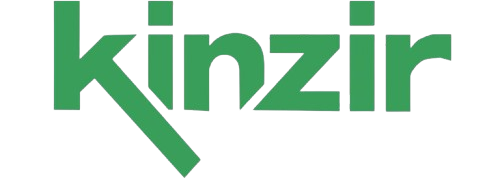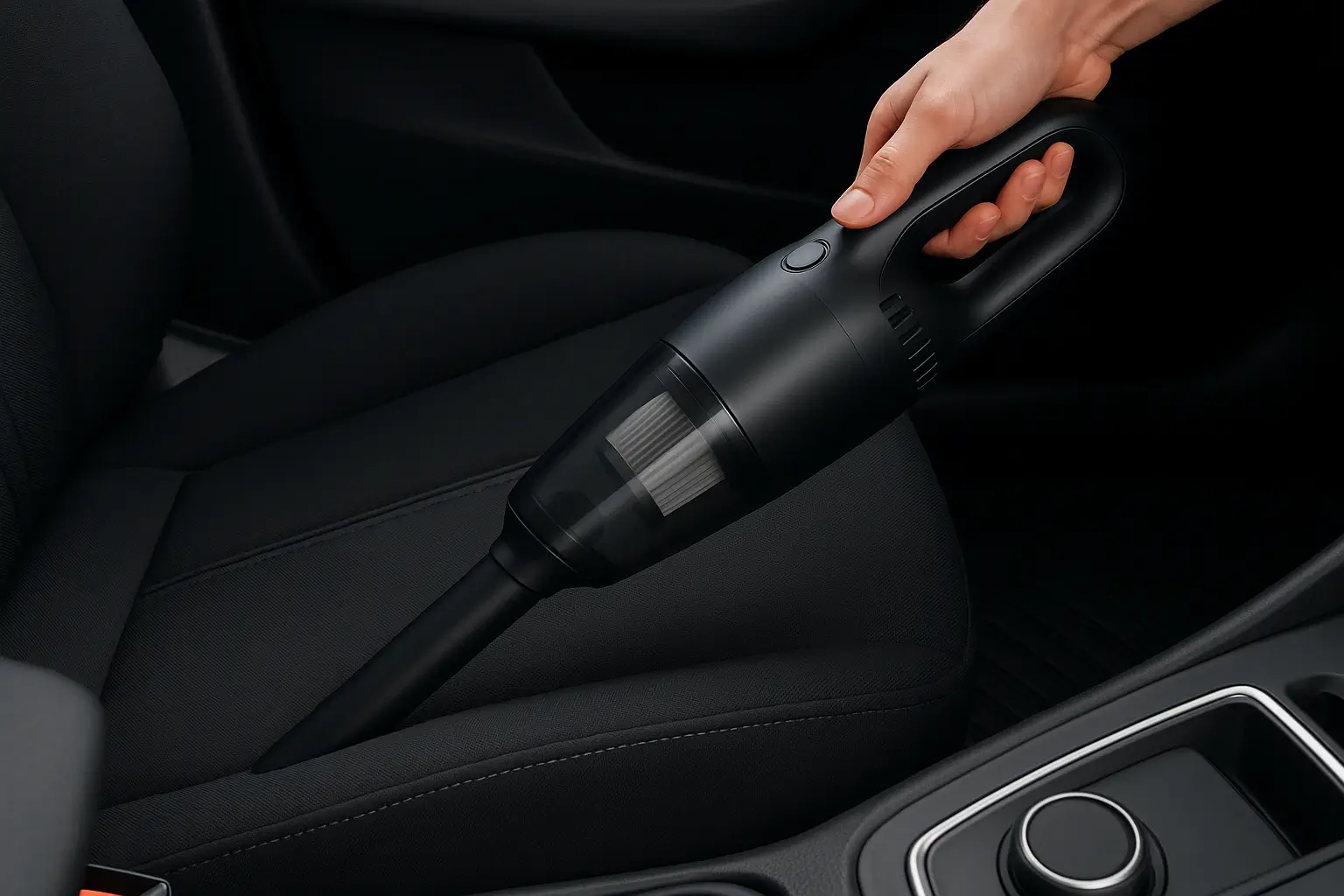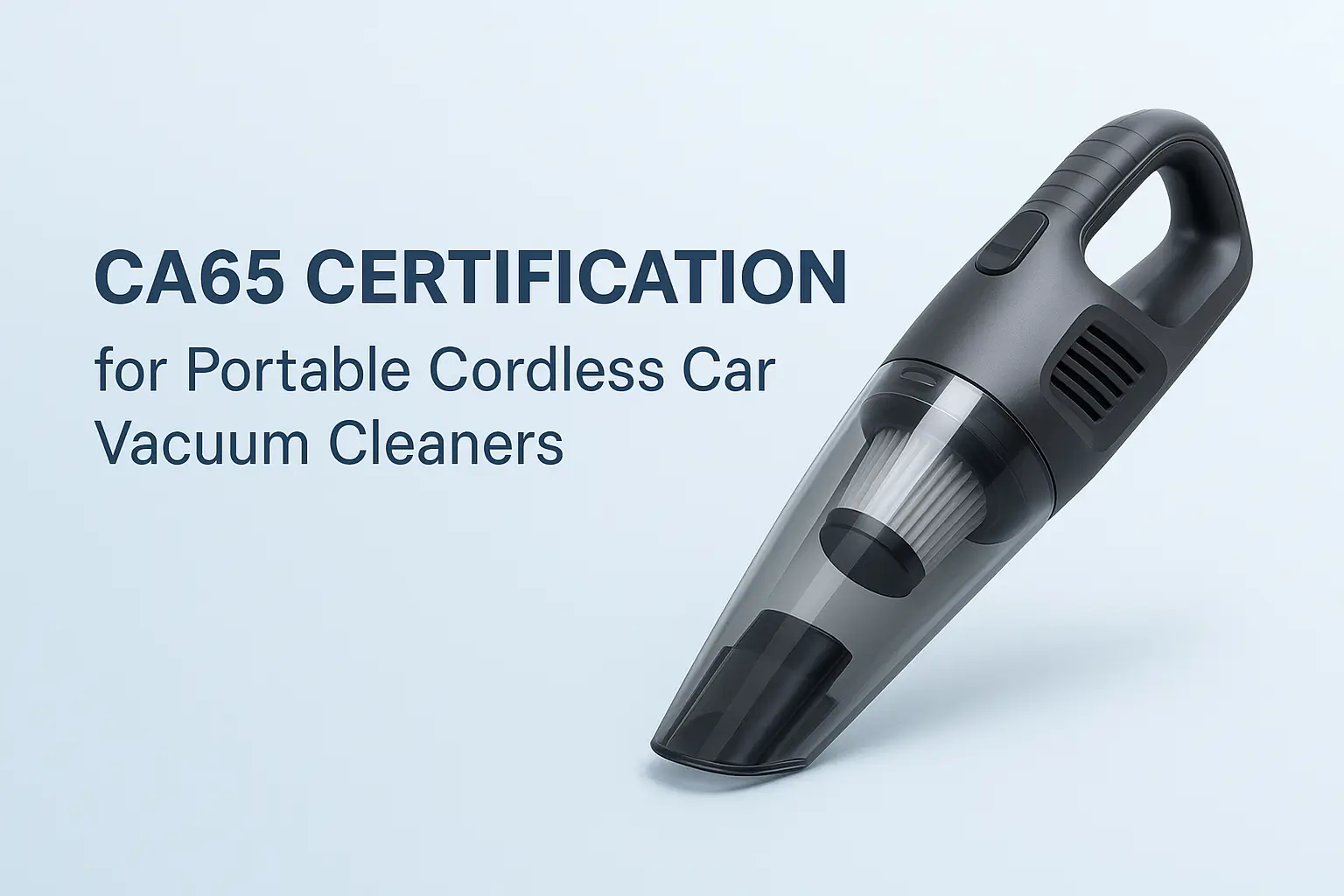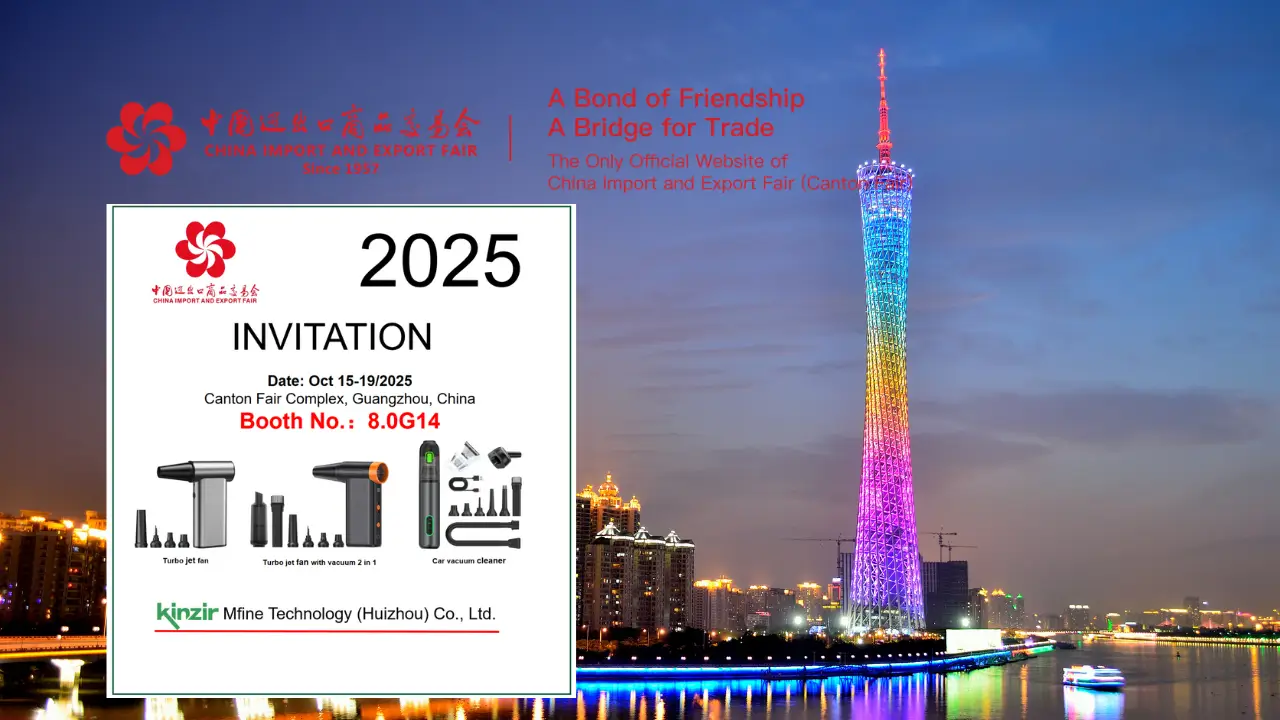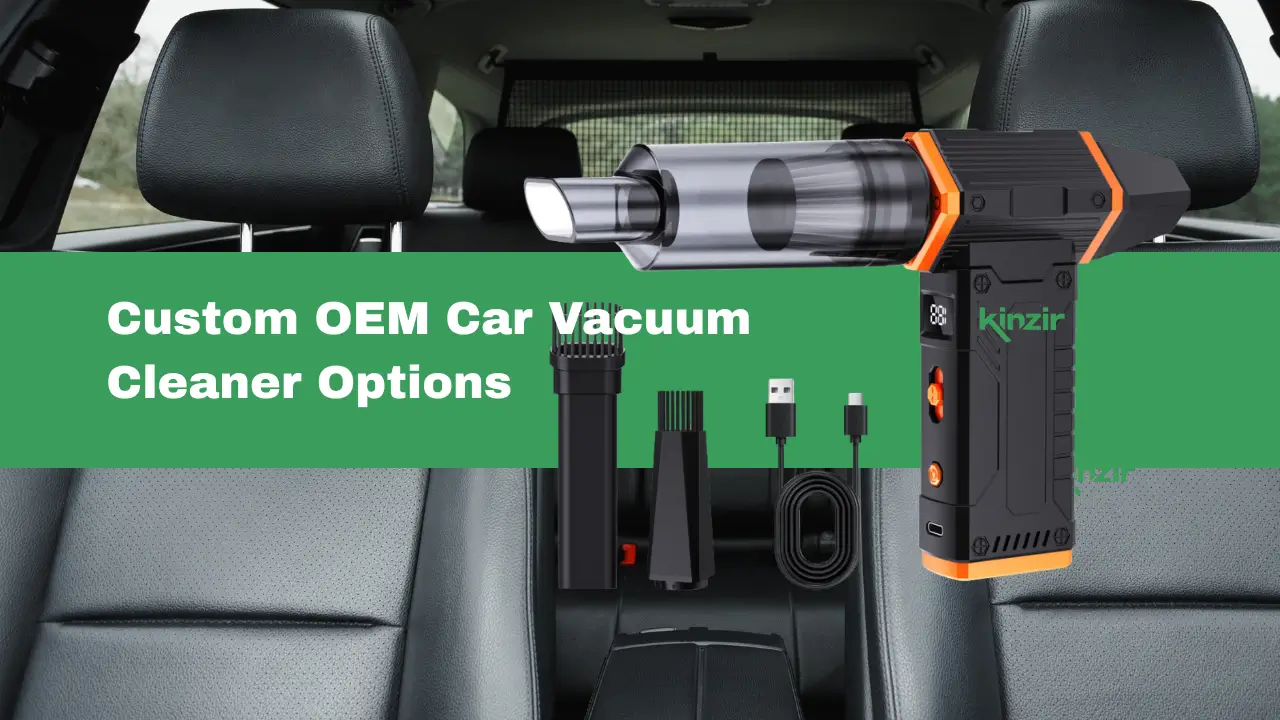SKD, or “Semi Knocked Down,” is a term widely used in manufacturing and assembly industries. It refers to products or machines that are partially assembled in the country of origin and then shipped as kits to be completed in another country. This process is especially relevant in sectors like automotive and electronics, where companies balance cost, shipping logistics, and local regulations.

Understanding how SKD works helps businesses optimize production and supply chains. It allows companies to reduce tariffs, comply with local content requirements, and often save on labor costs. For anyone involved in international trade, policy, or large-scale assembly, knowing the details of SKD can offer significant advantages.
What Is SKD? Definition & Origins
SKD (Semi Knocked-Down) is an industrial term used in manufacturing and global trade. It refers to a method for assembling products from partially disassembled kits, often to support local assembly and reduce various costs.
Semi Knocked-Down (SKD) Explained
Semi Knocked-Down (SKD) refers to a manufacturing process where products are shipped in partially disassembled form. These SKD kits contain main product components separated—such as bodies, motors, and primary systems—but not completely broken down into individual parts.
The receiving factory assembles the kits into finished products. Companies use this approach to optimize logistics, meet import restrictions, or reduce tariffs—such as lowering export tariffs with SKD solutions for items like air dusters or vacuums. SKD is often applied to automotive, electronics, and appliance industries, where local assembly is practical and economical.
SKD helps manufacturers adapt to regulations or promote employment in the destination country by performing final assembly locally. This strategy balances efficiency and compliance with local market requirements.
History Of Knocked-Down Kits In Manufacturing
The concept of shipping products in a disassembled state dates back to the early 20th century, especially in the automotive and machinery industries. Knocked-down kits were first used to address high shipping costs and complex import tariffs by delivering goods in a form that favored lower duties.
By the 1920s and 1930s, car companies like Ford and General Motors sent parts to overseas plants for local assembly to bypass restrictive trade barriers. This model quickly influenced other sectors, expanding from full kits to the semi knocked-down method as global trade evolved.
SKD kits became more common as international trade agreements changed and manufacturers looked for efficient ways to serve different countries. Today, SKD is widely recognized for its role in adapting to fluctuating import rules and supporting national industrial policies.
How SKD Differs From CKD (Completely Knocked-Down)
The distinction between SKD and CKD (Completely Knocked-Down) lies in the level of disassembly. SKD kits include large modules or assemblies, while CKD involves breaking the product down into the smallest possible parts.
SKD:
- Major assemblies remain intact.
- Simplifies local assembly.
- Shorter assembly time.
CKD:
- All components are fully disassembled.
- Requires more complex assembly.
- Higher labor and infrastructure needs.
For example, assembling an electric air duster from an SKD kit means only core units are put together locally, while a CKD process would involve building from every single component. Companies opt for SKD when a balance of efficiency and compliance with local content rules is necessary.
SKD vs. CKD: Key Comparisons
SKD (Semi Knocked-Down) and CKD (Completely Knocked-Down) refer to different levels of product disassembly for shipping and assembly. Each method impacts assembly, cost, shipping, and quality control in distinct ways.
Assembly Complexity
SKD kits arrive with larger subassemblies already put together, such as a complete chassis or pre-assembled modules. These require less technical expertise and infrastructure to complete the final assembly at the destination.
CKD kits, on the other hand, consist of completely disassembled parts. Assembly requires more advanced facilities, trained labor, and longer setup time.
SKD is favored where faster assembly and lower skill requirements are important. In contrast, CKD is suitable when local content rules or tariff advantages demand more stages to be completed locally. More about how these methods affect assembly requirements and taxes can be found in this SKD vs CKD vs CBU guide.
Cost Implications
SKD typically offers moderate cost savings. Lower import duties may apply versus importing pre-assembled products, but the higher degree of factory pre-assembly can add some labor costs at the origin.
CKD parts generally allow for maximum reduction in import duties, as they often qualify for lower tariffs due to local assembly content. However, CKD assembly tends to require larger investments in machinery, skilled labor, and quality control at the destination plant.
The cost-effectiveness of SKD vs CKD depends on local labor costs, the extent of value-added incentives, and scale of operations. Companies may balance higher initial plant costs of CKD against ongoing savings from reduced tariffs.
Shipping & Volumetric Weight
SKD kits ship in larger pieces, making them less space efficient than CKD but more efficient than fully assembled units. This can mean higher shipping costs per unit volume compared to completely knocked-down kits.
CKD kits break the product down into the smallest possible components. This maximizes packing density and allows for more kits to be loaded per container, often lowering shipping costs relative to SKD.
Choosing SKD vs CKD for shipping depends on destination infrastructure and the need to optimize between shipping cost and on-site assembly capacity. In some markets, CKD is the only practical way to maximize customs value and shipping efficiency.
Quality Control Considerations
With SKD assembly, quality control of main subsystems occurs at the original manufacturing site. This often allows for more reliable initial quality inspections before shipment. Some risk remains for assembly errors in the final destination due to handling and finishing.
CKD assembly shifts much of the quality responsibility to the local plant. The potential for inconsistent assembly increases unless the destination facility has strong manufacturing standards, robust inspection processes, and personnel training.
Both SKD and CKD require tailored quality assurance strategies. The SKD vs CKD comparison shows that companies must align their choice with the level of local skills and their tolerance for downstream quality risks.
Why Choose SKD For Electric Air Dusters & Turbo Fan Jets
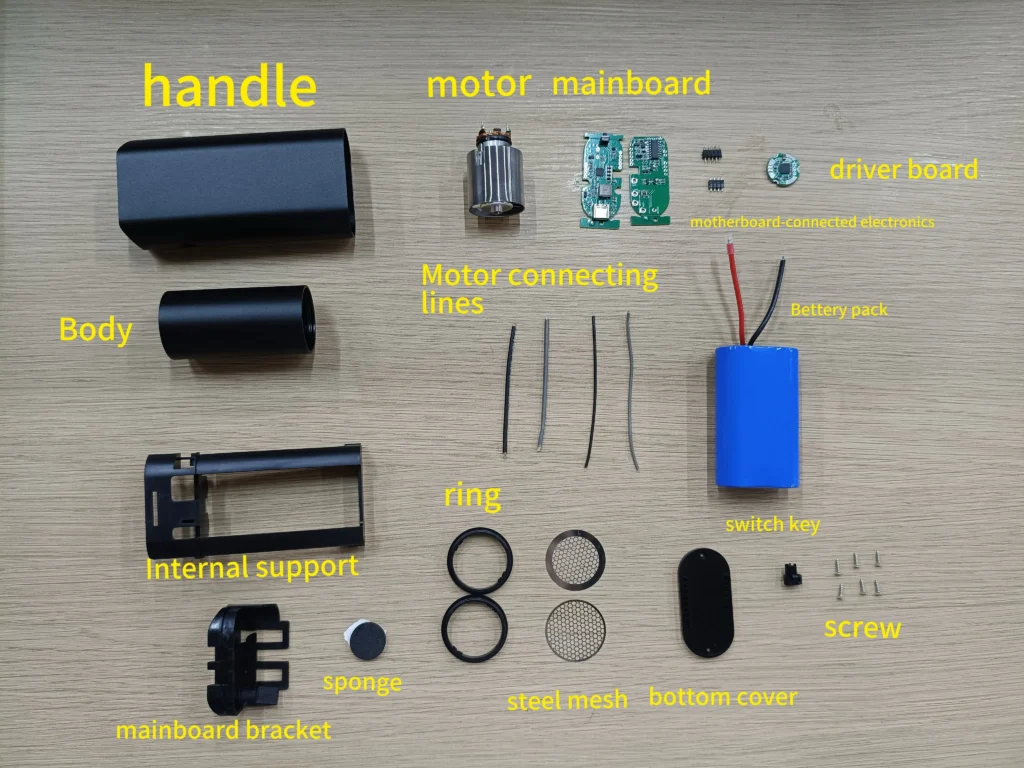
Opting for SKD-configured products provides practical advantages for manufacturers and distributors dealing with electric air dusters and turbo fan jets. These benefits directly impact logistics, customization, market responsiveness, and inventory processes.
Cost Savings On Freight And Duties
Choosing SKD electric air dusters or turbo fan jets can lead to notable cost reductions, particularly on shipping and customs fees. Shipping unassembled kits typically consumes less space and weight per unit compared to fully built devices. This efficiency translates into reduced freight charges, especially for large-volume orders.
Import duties often differ between finished goods and component parts. Many regions apply lower tariffs to SKD shipments, helping importers lower their landed cost per item. Firms can also consolidate parts shipments to optimize container loads and minimize empty space.
| Aspect | Finished Goods | SKD Shipments |
|---|---|---|
| Freight Costs | Higher | Lower |
| Import Duties | Higher | Often Lower |
| Packaging Efficiency | Less flexible | More flexible |
These benefits help businesses remain competitive by improving their cost structure.
Flexibility For Local Assembly And Customization
SKD turbo fan jets and electric air dusters arrive as parts, enabling local assembly close to the target market. This setup allows companies to respond to local preferences, regulations, or branding requirements without extensive re-engineering.
By assembling locally, businesses can:
- Adapt product features for specific market needs.
- Meet labeling or packaging standards relevant to the destination country.
- Integrate last-minute updates or region-specific accessories.
SKD solutions are particularly beneficial for manufacturers who need to differentiate offerings or comply with local content rules. This flexibility supports a wider range of customers and reduces the risk of unsold stock due to minor specification mismatches.
Reduced Lead Times & Faster Market Entry
Receiving electric air duster and turbo fan jet kits for assembly near the end market can significantly cut down delivery timelines. SKD supply chains often bypass bottlenecks associated with finished goods inventory, such as customs delays or warehouse congestion.
With assembly happening locally, companies can respond quickly to spikes in demand or changes in regulations. This streamlined process makes it easier to launch products faster than competitors relying on traditional, finished-goods imports.
Quicker market entry can give organizations an early-mover advantage, as they can introduce new or updated models as soon as components arrive.
Easier Inventory Management
Managing inventory with SKD shipments provides increased control and scalability. Since parts are stocked rather than finished units, one set of components can be used to fulfill multiple product variations or specifications.
This method reduces the risk of overstocking the wrong models and simplifies logistics. Businesses can assemble electric air dusters or turbo fan jets to order, minimizing dead stock and locking up less cash in inventory.
Local assembly also allows for easier tracking of components and faster response to any supply chain disruptions. The modular approach provided by SKD inventory helps maintain steady supply without excessive capital investment.
Anatomy Of An SKD Kit
An SKD (Semi Knocked Down) kit delivers a product disassembled into major modules for shipping and local assembly. Each kit contains core mechanical parts, electrical systems, necessary joining materials, and documentation to support accurate and compliant assembly.
Mechanical Sub-Assemblies (Housings, Nozzles, Fan Units)
Mechanical sub-assemblies are the structural and moving components packed separately but grouped by function. Key items include outer housings, internal frames, intake and exhaust nozzles, and fan units. For example, in an HVAC SKD kit, this may mean a plastic molded casing, pre-attached mounting brackets, and fan blades sealed in protective trays.
These parts are pre-machined to minimize local work and reduce error risk. Precise dimensional tolerances are maintained, and alignment notches or keys may be used for quick, correct fitting. Packaging typically segments parts by module, such as “blower assembly” or “filter mount,” to aid team workflow.
Some kits also include rubber grommets, dampers, or vibration isolators where required. Dust covers or foam inserts may be used to prevent transit damage. Each major sub-assembly is labeled, correlating to the kit’s documentation for traceability.
Electrical Modules (Motors, PCBs, Wiring Harnesses)
Electrical modules form the active core of an SKD product. These usually include motors, printed circuit boards (PCBs), switches, relays, power supplies, and wiring harnesses. For safety and compatibility, international SKD kits may have universal connectors and voltage labels.
Motors are often packed with protective endcaps and pre-wired terminals, ready for drop-in installation. PCBs are mounted on static-dissipative trays or in anti-static bags. Wiring harness sets are bundled and color-coded, trimmed to correct lengths to prevent misrouting.
Harnesses may use keyed connectors to prevent mistakes. A packing list or table in the kit details each module’s part number, lot number, and where it fits within the assembly. These measures improve assembly reliability and electrical safety at the destination.
Fasteners & Consumables (Screws, Seals, Adhesives)
Fasteners and consumables are provided in exact quantities and types for assembly. Common items include machine screws, nuts, washers, O-rings, foam or rubber seals, and thread-lock adhesives. Everything is pre-counted and usually sorted by bag or tray, often with part numbers or pictograms for easy identification.
Sealants and adhesives, if required, are in small pre-measured packets or tubes. For units that require gasket installation, cut-to-fit gaskets may be included, with material specs noted in the packing list. All consumables are graded for compatibility with the sub-assemblies provided; this is essential for safety and warranty compliance.
Some kits include expendables such as cable ties, heat shrink tubing, or desiccant pouches to protect against humidity. Packing redundancy is limited; typically, only one or two extras are included for fasteners most prone to loss.
Documentation & Labeling (Assembly Drawings, QC Checklists)
Documentation is essential for successful SKD assembly. Each kit includes detailed assembly drawings, typically exploded diagrams annotated with part numbers and step-by-step instructions. Format may range from booklets to large fold-out charts, depending on product complexity.
A QC (Quality Control) checklist is usually provided, listing key verification steps at each assembly stage. Some kits have barcode labels for critical modules, which are scanned at factory assembly stations to ensure traceability and compliance with regulatory standards.
Labels affixed to each module correspond with assembly instructions, supporting error reduction. Language support and regulatory markings (such as CE or UL) are generally included if the SKD is destined for international markets.
Packing slips and lists align with the module-by-module kit structure, enabling rapid inventory checks before the assembly process begins.
Step-By-Step SKD Assembly Guide
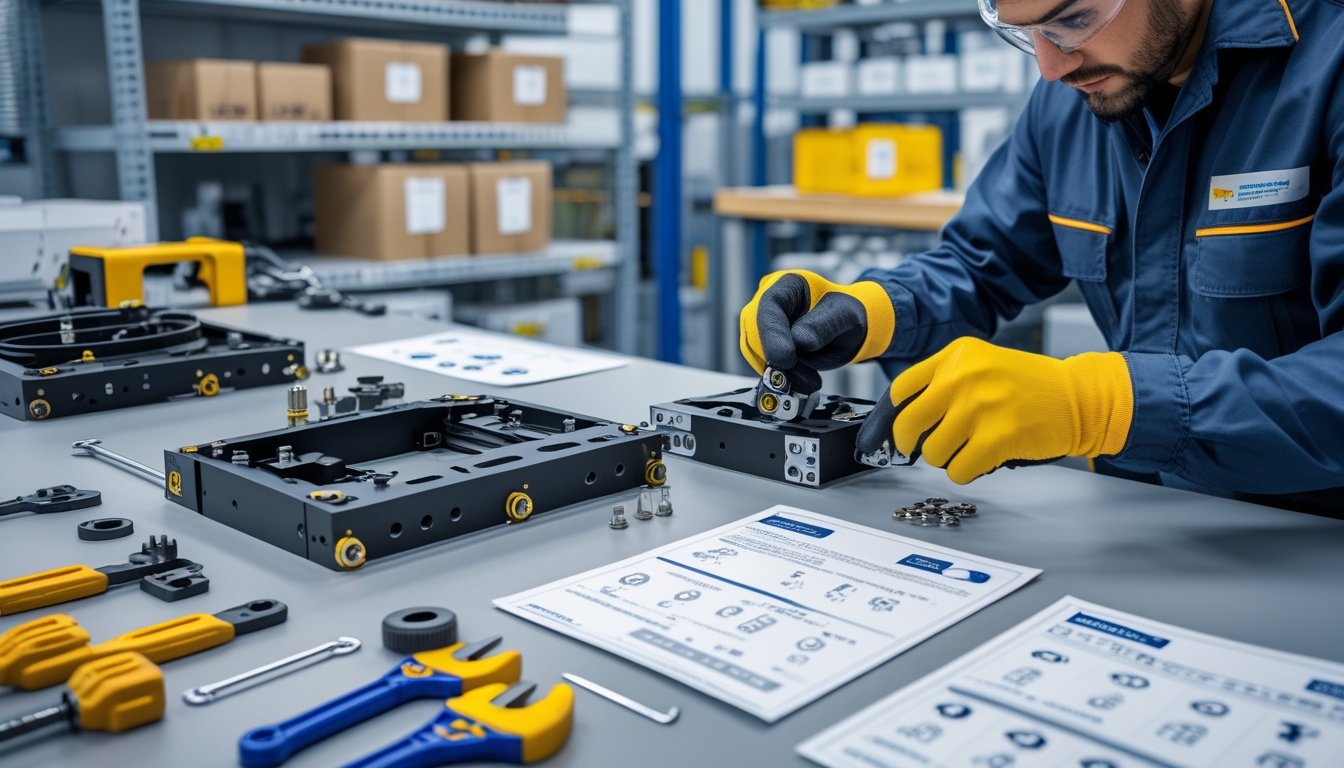
Semi Knocked-Down (SKD) assembly requires organized preparation, careful mechanical and electrical integration, and rigorous quality control. Consistency and adherence to the SKD assembly guide PDF are essential to maintain efficiency and product reliability.
Unboxing & Inventory Check
SKD kits arrive with major components partially assembled and individually packed. Workers must open each package carefully, verifying contents against the provided bill of materials. This—often found as a checklist or table in the SKD assembly guide PDF—ensures no part is missing and helps prevent delays in later steps.
Conduct a visual inspection for any transit damage or defects. Separate components into designated storage or assembly areas by type or sequence. Clearly label and record serial numbers where required.
Document discrepancies and report these to the supply chain or supervisor immediately. Accurate inventory control at this step supports seamless downstream assembly and reduces costly errors.
Mechanical Assembly
The first major step is combining structural and moving components as specified in the SKD guide. Use provided diagrams for guidance on sub-assembly orientation and fastener torque specifications.
Apply thread-locking compounds or lubricants where indicated. Typical tasks include attaching body panels, frames, and mechanical linkages in sequence. Each assembly must be tightened to the correct specification using calibrated tools.
Perform interim quality control checks at specified checkpoints, such as alignment and fit. Note variances in the assembly log. Proper mechanical assembly ensures stability and consistent product function.
Electrical Integration
Electrical systems are installed once mechanical assembly is complete. Reference wiring diagrams and SKD-specific electrical harness layouts, which are often detailed in the SKD assembly guide PDF.
Connect connectors and harnesses as labeled. Use recommended tools to avoid pinching or damaging wires. Secure all connections and route cables to prevent abrasion or exposure to heat sources.
Test each electrical system in stages. Mark off each completed assembly on a checklist and promptly address any troubleshooting required. Precise electrical integration is critical for subsequent operational tests.
Functional Testing & Quality Assurance
Every unit undergoes comprehensive checks as outlined in the SKD assembly guide. Main checkpoints include mechanical fit, electrical operation, and system tests. Use test benches or diagnostic tools to measure key parameters.
Record results at each quality control checkpoint for traceability. If failures occur, document root causes and rectify before proceeding.
Review physical finishes for scratches, alignment, and completeness. This phase validates the assembly’s safety, reliability, and readiness for delivery.
Packaging For Delivery
Once all quality assurance steps have passed, the product is cleared for packaging. Use manufacturer-approved materials and methods, typically specified by the SKD guide, to prevent transit damage.
Secure all moving parts and apply protective coverings to exposed surfaces. Label cartons with serial numbers and shipping information for traceability.
Complete a final checklist to confirm all documentation is included—such as manuals and the SKD assembly guide PDF—before sealing. Proper packaging practices ensure the product arrives in optimal condition at its destination.
Logistics & Supply Chain Best Practices

Effective SKD (Semi Knocked Down) logistics require streamlined packaging, careful selection of freight terms, and proactive management of import costs. Precise coordination across the supply chain reduces expenses, maintains product integrity, and ensures timely delivery for local assembly.
Optimal Cartonization Strategies
Proper cartonization in SKD enhances cost efficiency by optimizing the way parts are packed and shipped. Using software for carton optimization helps calculate the smallest possible packaging volume without damaging goods. This reduces unnecessary empty space, leading to fewer cartons and lower freight costs.
Rigid guidelines on part orientation, stacking, and tolerances safeguard against transit damage. Many businesses standardize box sizes to simplify handling and warehouse management. Suppliers and freight forwarders should collaborate on packaging plans, considering how the carton will move through each stage of the SKD supply chain.
A simple table can compare carton types:
| Box Type | Volume Used | Cost Efficiency | Protection Level |
|---|---|---|---|
| Standard | Medium | High | Moderate |
| Custom-Fitted | High | Moderate | High |
| Oversized | Low | Low | Low |
Bulk shipments should use the highest-density packing methods that adhere to regulatory and quality standards.
Choosing The Right Freight Terms (FOB, CIF, DDP)
Selecting the correct freight terms affects risk, cost, and control. FOB (Free on Board) makes the buyer responsible for freight and insurance after the goods are loaded. CIF (Cost, Insurance, and Freight) shifts insurance and freight costs to the seller up to the destination port. DDP (Delivered Duty Paid) places nearly all logistical burdens on the seller, including duties.
Each term impacts invoicing, customs clearance, and cash flow. Companies prioritizing control and local relationships often select FOB. Those seeking reduced complexity may choose DDP, accepting higher costs for convenience. Clear agreements help avoid misunderstandings with freight forwarders and streamline shipping processes.
Carefully compare options for each lane and product type. Updating Incoterms in contracts is essential to reflect current needs and market dynamics.
Managing Import Duties And Tariffs
Import duties and tariffs can significantly impact SKD profitability. Companies should classify SKD components accurately according to the Harmonized System (HS) codes, as misclassification may lead to unexpected fees or penalties.
Regularly monitor changes in tariff schedules and free trade agreements relevant to the SKD market. Utilizing bonded warehouses or special economic zones can defer or reduce duty payments. Some countries provide duty exemptions for SKD parts intended for local assembly—a key cost reduction benefit.
Work closely with experienced customs brokers or compliance consultants to minimize exposure to compliance risks. Maintaining thorough records of invoices, component lists, and declarations supports audits and efficient customs clearance.
Coordinating With Local Assemblers
Successful SKD programs demand close alignment with local assembly partners. Establish clear schedules for just-in-time deliveries to avoid inventory buildup and production delays. Effective communication ensures prompt problem-solving if there are shortages, damages, or documentation issues.
Local assemblers benefit from detailed packing lists and visual guides that simplify identification and reassembly. Collaborative planning between logistics teams and assembly managers helps match supply arrivals with production needs.
Regular joint reviews with logistics and assembly staff help quickly identify process gaps and opportunities to improve speed or reduce costs. Building strong relationships encourages accountability and consistent quality in the SKD supply chain.
Regulatory & Compliance Considerations

Various legal and technical requirements affect how SKD (Semi Knocked Down) kits are traded and shipped. Importers and exporters must pay close attention to tariff classifications, mandated certifications, and proper export documentation to avoid delays and penalties.
HS Codes And Tariff Classifications
SKD kits are subject to specific HS (Harmonized System) codes used globally for customs classification. Accurate HS codes, such as 8414.59 for certain air or vacuum pumps, determine tariff rates and compliance requirements. When goods are misclassified, customs can impose fines, delays, or even confiscation.
Key steps include:
- Identifying correct HS code based on product type and assembly stage
- Verifying if SKD status alters classification or tariff eligibility
- Consulting national customs agencies or professional brokers for updated codes
Tariff rates can vary due to SKD-specific import regulations. Some regions provide reduced duties for SKD parts versus fully assembled products to encourage local manufacturing. It is important to review both country of origin and destination regulations closely.
Safety Certifications (CE, FCC, RoHS, WEEE)
SKD kits must comply with relevant safety and environmental standards before entering many markets. CE certification is mandatory for products in the European Economic Area requiring conformity with health, safety, and environmental protection standards. FCC approval is necessary for electronic devices entering the US to limit electromagnetic interference.
RoHS directive restricts hazardous substances in electrical and electronic equipment destined for the EU, while WEEE regulations govern proper recycling and disposal. Documentation typically must prove compliance with these directives via lab test results, technical files, and manufacturer declarations.
Failure to meet these requirements may lead to border denial or recalls. Importers should coordinate with certified testing labs and notify authorities before shipment.
Export Documentation (Commercial Invoice, Packing List, COO)
Thorough export documentation is required to clear SKD shipments at customs. A Commercial Invoice lists transaction values, product descriptions, and payment terms. The Packing List details each component, quantity, and packaging method. The Certificate of Origin (COO) verifies where the goods were manufactured, which can affect tariffs and quotas.
Authorities may request additional certificates for compliance and safety. Proper documentation reduces risk of delays and ensures transparent movement through customs. Importers and exporters should double-check specific destination country requirements, as rules can change without notice.
Commercial & Pricing Strategies

Manufacturers and buyers of SKD kits must align on order sizes, payment structures, and pricing models to secure efficient procurement and profitable partnerships. Every key decision point, from minimum purchase quantities to sample orders, can impact both cost management and speed to market.
MOQ Considerations For SKD Kits
An MOQ, or Minimum Order Quantity, determines the lowest number of SKD units a supplier will produce in a single order. Suppliers usually set MOQs to optimize production runs, manage raw material procurement, and control operational costs. For buyers, understanding the supplier’s MOQ structure is essential because it affects both inventory levels and upfront capital requirements.
SKD MOQs are typically higher than those for finished goods due to additional packaging, handling, and component inventory demands. Some suppliers offer tiered pricing based on quantity brackets:
| Quantity Range | Unit Price Discount |
|---|---|
| 500–1,000 | 0% |
| 1,001–5,000 | 2–5% |
| 5,001+ | 5–10% |
Buyers can often negotiate MOQs by demonstrating potential for increased future volume or by consolidating orders across product variants. Special accommodations may sometimes be made for new entrants or strategic partners.
Pricing Models: Component-Based vs. Turnkey
SKD kits may be priced by two main models: component-based pricing and turnkey pricing. In component-based pricing, each part—such as frames, electronics, and fasteners—is listed and priced individually. This model gives the buyer transparency over cost drivers and enables targeted negotiations for each part.
Turnkey pricing provides a single, all-inclusive price for the complete kit. This approach is straightforward, reduces administrative burden, and may simplify customs documentation or import duties. However, buyers have less visibility into specific cost breakdowns.
Some suppliers offer a hybrid approach, presenting a master kit price with line-item detail on major components for additional clarity.
Negotiating Payment Terms And Lead Times
Payment terms are a critical point in SKD transactions, directly affecting cash flow and risk. Common terms include:
- 30% deposit, 70% before shipment: Typical for new relationships.
- Letter of Credit (L/C): Provides payment security for both sides.
- Net 30/60: Payment due 30/60 days after invoice, often after establishing trust.
Longer lead times may allow for better pricing but increase exposure to inventory risk. Lead times should factor in component sourcing, assembly, packaging, and logistics. Clear written agreements on penalties or remedies for late deliveries protect both parties’ interests.
Sample Orders And Pilot Runs
Before placing a large SKD order, most buyers request a sample kit or conduct a pilot production run. Samples allow technical teams to check fit, function, and completeness. They also help validate packaging integrity during shipping.
Sample orders may attract a surcharge or higher unit price, but some suppliers refund these costs against future bulk purchases. Doing a pilot run—typically 50–200 units—helps uncover assembly issues and sets benchmarks for larger orders.
Detailed inspection reports, customer feedback, and process adjustments after pilot runs help minimize defects and avoid costly delays in mass production.
Customizations & Value-Add Services
Buyers of SKD kits benefit from customization options and additional services that enhance product value and meet specific business requirements. Many OEM SKD solutions offer these features to boost brand identity, streamline installation, and reduce downtime for end users.
Branding Options (Custom Housings, Color Matching)
OEMs provide various customization options, allowing businesses to adapt SKD products to their branding needs. Custom housings can be produced in specific shapes, finishes, and materials to align with a company’s design language.
Color matching is another core service. Manufacturers typically use standardized palettes (e.g., Pantone shades) or sample matching to ensure consistency across different batches. Logos, product labeling, and unique surface textures can often be incorporated at the production stage.
This level of customization enables private label solutions and brand differentiation in competitive markets. Custom branding is especially important for companies focused on retail or customer-facing applications.
Accessory Bundles (Filters, Spare Parts Kits)
SKD suppliers frequently offer accessory bundles tailored to the intended use or market preferences. Common accessories include:
- Air or water filters
- Spare parts kits
- Fastener sets
- Maintenance tools
- User interface panels
These bundles reduce the need for customers to source components separately, saving procurement time. Bundling also ensures part compatibility and can simplify inventory management for distributors or assemblers.
Buyers can often select pre-configured sets or assemble a bundle that matches their technical or market needs. This flexibility appeals to OEMs who target multiple customer segments or operate across regions with different regulatory demands.
After-Sales Support (Assembly Manuals, Spare Parts Supply)
After-sales support is a vital part of any SKD solution. Comprehensive assembly manuals are typically included, often featuring step-by-step instructions, diagrams, and troubleshooting tips.
OEMs supply spare parts directly or through local agencies to ensure availability and quick turnaround. Some companies offer digital resources, such as video tutorials or online documentation, which can speed up assembly and maintenance.
Reliable after-sales support minimizes downtime, increases customer satisfaction, and reduces the total cost of ownership. This service is particularly important for markets where technical support infrastructure is limited or where products are complex to assemble.
Case Studies & Success Stories

Real-world applications of SKD offer insight into tangible business benefits, from cost reduction to process improvements. These examples highlight how companies have adapted SKD strategies in line with 2025 SKD export trends.
Client A: Cutting Freight Costs By 35% With SKD
Client A, an automotive components manufacturer, faced rising logistics expenses due to fully assembled goods shipping. By adopting a Semi-Knocked Down (SKD) approach, they started exporting parts instead of fully built units.
Key steps taken:
- Changed export method from CBU (Completely Built Unit) to SKD
- Utilized more compact packaging and local assembly partners
- Streamlined customs documentation to align with 2025 SKD export trends
Results included a 35% reduction in freight costs, improved container utilization, and lower import tariffs. SKD also allowed Client A to respond faster to regional demand changes, minimizing overstocking and improving cash flow stability.
Client B: Achieving 25% Faster Time-To-Market
Client B, an electronics firm, aimed to shorten the time needed to introduce new models in overseas markets. They sourced subassemblies from their main factory and completed assembly at a regional facility near target customers.
Process improvements included:
- Setting up local assembly lines
- Coordinating synchronized shipments based on demand forecasts
- Adjusting packaging to fit the SKD process and 2025 regulatory requirements
Time-to-market decreased by 25% due to faster customs clearance and reduced shipping delays. The SKD model also helped Client B manage regulatory risks, which became more complex with 2025 SKD export trends, and let them tailor final assembly for local tastes.
Lessons Learned And Best Practices
Analysis of these cases reveals several best practices for implementing SKD successfully:
- Evaluate local assembly capabilities to ensure quality and consistency
- Invest in staff training and process documentation
- Monitor regulatory changes for SKD in each export country
- Optimize packaging to prevent parts damage and reduce shipping volume
Staying knowledgeable about 2025 SKD export trends—such as shifting tariff regimes and increased demand for region-specific adaptations—will help companies stay agile. Proactive planning and strong supplier relationships consistently emerged as key drivers of SKD success.
Conclusion & Next Steps
SKD (Semi Knocked Down) assembly methods provide flexible options for manufacturers seeking cost savings, customization, and reduced logistics complexity. For those integrating advanced cleaning tools, solutions like the Kinzir Air Duster can significantly improve assembly efficiency.
Recap Of SKD Benefits
SKD is commonly used to streamline manufacturing workflows and reduce transportation costs by shipping partially assembled kits. Companies can adapt products to local regulations and consumer preferences by completing final assembly in their target markets. This allows them to avoid high import tariffs on fully assembled goods.
Other key advantages include lower storage volume, easier quality control at the destination, and greater flexibility in responding to market changes. SKD also supports the integration of specialized components late in the production process. These factors help manufacturers stay competitive and efficient in global markets.
How Kinzir Air Duster Can Support Your SKD Projects
The Kinzir Air Duster plays a valuable role in SKD assembly environments by providing a reliable, powerful, and residue-free method for cleaning components before final assembly. Dust, debris, and particulates are common in kit shipments and can disrupt assembly accuracy. Using the Kinzir Air Duster helps maintain a clean workstation and ensures sensitive parts are contamination-free.
Features like reusable canisters, high-pressure output, and non-abrasive performance stand out. Teams can reduce manual cleaning labor and improve workflow safety with a tool that doesn’t rely on compressed air systems or chemical agents. This supports higher yields and better product reliability for SKD builds.
Call-To-Action: Request A Quote, Download Our Assembly PDF, Or Contact Our Experts
To get detailed pricing for bulk orders or to discuss a tailored solution, request a quote directly from the Kinzir team. Download the comprehensive assembly PDF guide for in-depth strategies and step-by-step instructions designed for SKD processes.
If further information or technical guidance is needed, contact Kinzir’s assembly experts via phone, email, or web form. They are available to answer product questions, schedule demos, or assist with equipment integration. This ensures SKD projects proceed smoothly from planning to final assembly.
Frequently Asked Questions
SKD plays a significant role in manufacturing, customs regulations, assembly, and technology sectors. Its definitions and implications vary depending on the industry and context.
What does SKD stand for in manufacturing?
In manufacturing, SKD stands for “Semi Knocked Down.” It refers to a product that is partially assembled at the manufacturing site and will be completed at the destination country or facility.
How does an SKD format differ from CKD in the industry?
SKD involves shipping products that are partially assembled, such as vehicle bodies without internal parts. CKD, or “Completely Knocked Down,” means that all components are disassembled, and the product is shipped as individual parts for full assembly at the destination.
What are the implications of SKD conditions in customs procedures?
SKD shipments often benefit from different tariff classifications compared to fully assembled products. Customs procedures may require detailed documentation on the degree of assembly and origin of parts to determine applicable duties and compliance.
What constitutes an SKD unit?
An SKD unit typically includes major components pre-assembled, while secondary components or subsystems are left for assembly at the destination. For example, an SKD vehicle may have the chassis and body pre-attached but will lack installed seats, engine, or wheels.
Can you explain the role of SKD in technology fields?
In technology, SKD can refer to semi-assembled kits or modules, such as partially built electronic devices or devices with some components installed and others shipped separately. This allows for localized assembly or customization based on market needs or regulatory requirements.
What distinguishes SKD from DKD in assembly processes?
DKD stands for “Deep Knocked Down,” which means a product is disassembled into more detailed parts than in SKD. In DKD, more production steps or subcomponent assemblies are handled at the destination, requiring a more complex assembly process than SKD units.
